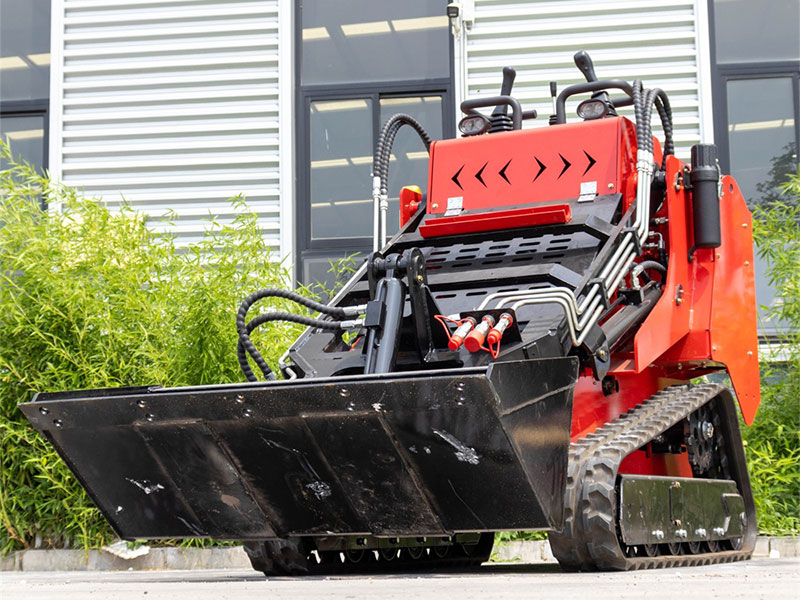Polyurea waterproof and anti-corrosion construction is generally spraying operation, in front of the small series to tell you why the reason for spraying, I believe everyone should have understood, now is about the construction process of the problem, let's take a look at it.
Summary of polyurea waterproof and anti-corrosion construction process: base treatment→ spraying SPUA→ coating "putty" to repair missing defects→ spraying SPUA→SPUA anti-slip treatment→ inspection and repair.
1. Concrete base
Surface cleaning: oil, dust and soft parts on the surface of the old concrete base
(1) Treated with sandblasting; The new concrete surface can be cleaned.
(2) Node processing:
(3) Crack treatment
(4) Construction supporting primer: spraying or brushing special supporting primer, the primer should not be too thick, otherwise it will affect the bonding effect, and the primer should be avoided from staining or blocking the trough structure of the end part.
(5) Construction reinforcement layer: On the surface of the base layer that needs to be constructed, paste a reinforcement coil with a special coating for the reinforcement layer, and the edge expands outward by 50~60mm, with a thickness of about 1mm.
2. Metal base treatment: the metal base is sandblasted to Sa2.5 level, and follow-up construction must be carried out within 12h of sandblasting. Metal substrates generally do not require a primer, and if SPUA is sprayed for lining, a special primer is required.
3. SPUA spraying construction: special polyurea spraying equipment is used for spraying construction. Try to construct the SPUA material within 12 hours of the construction of the reinforcement layer, if it exceeds 12 hours, the reinforcement layer should be polished, an interlayer adhesive should be brushed or sprayed, and the SPUA coating should be applied after 20 minutes. When applying the SPUA coating, the spray gun moves at a speed of 0.5 m/s, and the thickness of the coating is about 0.5 mm at one spray. After all the spraying is completed, the special "putty" should be scraped to repair the defects such as missing holes, and then the next spraying will be carried out until the required thickness. The next spray should cover 50% of the previous one (commonly known as the "pressure gun") to ensure that the coating is uniform.
4. SPUA anti-slip treatment: where the anti-slip requirements are high, the anti-slip particles (such as rubber particles, emery, etc.) can be artificially granulated or manually paved on the undried coating.



Add message: